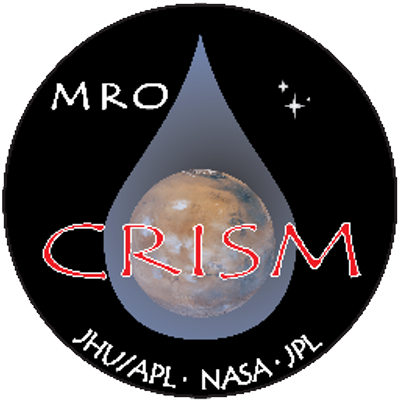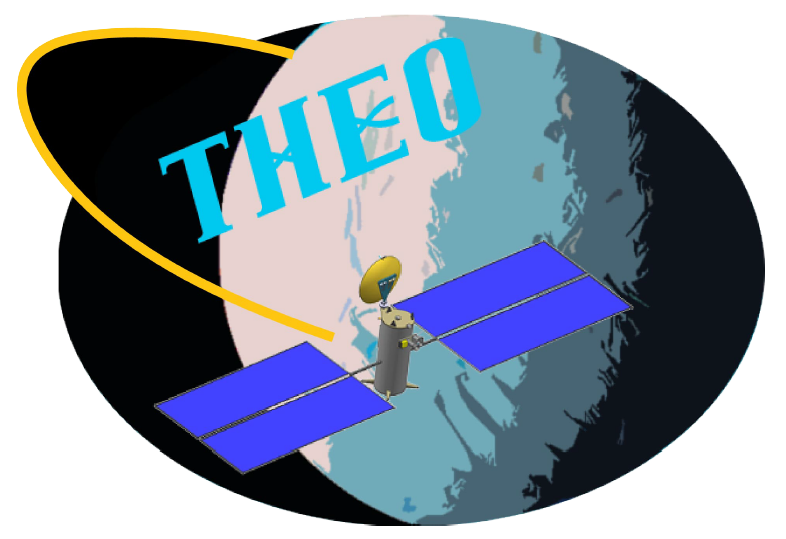Mission Involvement
Here is a brief summary of my involvement with a number of planetary missions. Through each mission, I have had the opportunity to participate in a variety of roles, including leadership positions, tactical operations roles, and science team member roles.
Mars 2020 Perseverance Rover
Science Operations Team Chief
As Team Chief, I oversee science operations for our 500 person science team in operating the Perserverance rover to collect data and samples that will help answer fundamental questions about Mars and its habitability. I lead a team of JPL system engineers through operations shifts, process improvements, strategic work, and budgets.
Jezero Crater Floor Co-Campaign Lead
I co-led the science team in planning and implementing Perseverance's first science campaign exploring the Jezero crater floor. I co-coordinated between the science team and JPL engineers to decide on our exploration strategy and determine where Perseverance would drive and collect samples.
Prelanding Science Team
As part of the Mars 2020 pre-landing science team, I helped examine the geology and mineralogy of the Mars 2020 landing site candidates. I modeled strategic plans for the Northeast Syrtis and Jezero crater regions, and presented these results to the science team at biweekly meetings. I identified regions of interest (ROIs), developed campaigns and waypoints within the ROIs, and determined the time feasibility of traverse routes that could maximize science return.
Mars Science Laboratory Curiosity Rover

Vera Rubin Ridge Co-Campaign Lead
I helped the science team make decisions about the observations and activities necessary to address scientific hypotheses about the Vera Rubin Ridge. In this role, I laid out options for activities and the anticipated science return from each activity, as well as presenting the advantages/disadvantages to facilitate decisions made by the science team. I acted as a liaison between the Rover Planners (RPs) and the science team by relaying science intent from the science team to the RPs, strategically identifying drive destinations with the RPs, and communicating the recommended drive options to the science team.
Keeper of the Plan for the GEO (Geologic) Theme Group
I developed the N and N+1 plans in MSLICE and implement the science activities desired by the GEO science group. This role involves interacting with the instrument payload uplink teams and science team members, as well as coordinating the timing of GEO activities with activities from the ENV (Environmental) theme group. As KOP, I optimized the plan to save time/resources to maximize the science activities that can be included.
Documentarian
I attended the daily tactical meetings and documented the planned activities, science rationale, and the decision process involved in making changes to the planned activities.
Compact Reconnaissance Imaging Spectrometer for Mars (CRISM)

As a science team member, I participated and presented in team meetings and submitted science updates highlighting my research, which regularly incorporated analyses of CRISM data. I used CRISM data to identify hydrated minerals occurring at central peaks of impact craters (2014, 2015) and applied laboratory-derived spectral parameters to CRISM spectra of opal-bearing deposits to determine the opal types (opal-A versus more crystalline hydrated silica phases) present on the martian surface (2018).
THEO: Testing the Habitability of Enceladus' Ocean

During the 2015 JPL Planetary Science Summer School (PSSS), our team developed a mock mission to Enceladus, dubbed “THEO” (Testing the Habitability of Enceladus' Ocean) to determine its habitability potential. I performed the role of Deputy Systems Engineer and co-lead on the imaging camera. I participated in identifying mission objectives and selecting the most appropriate mission design and instrument payload. This work was published in a 2015 paper in Advances in Space Research.